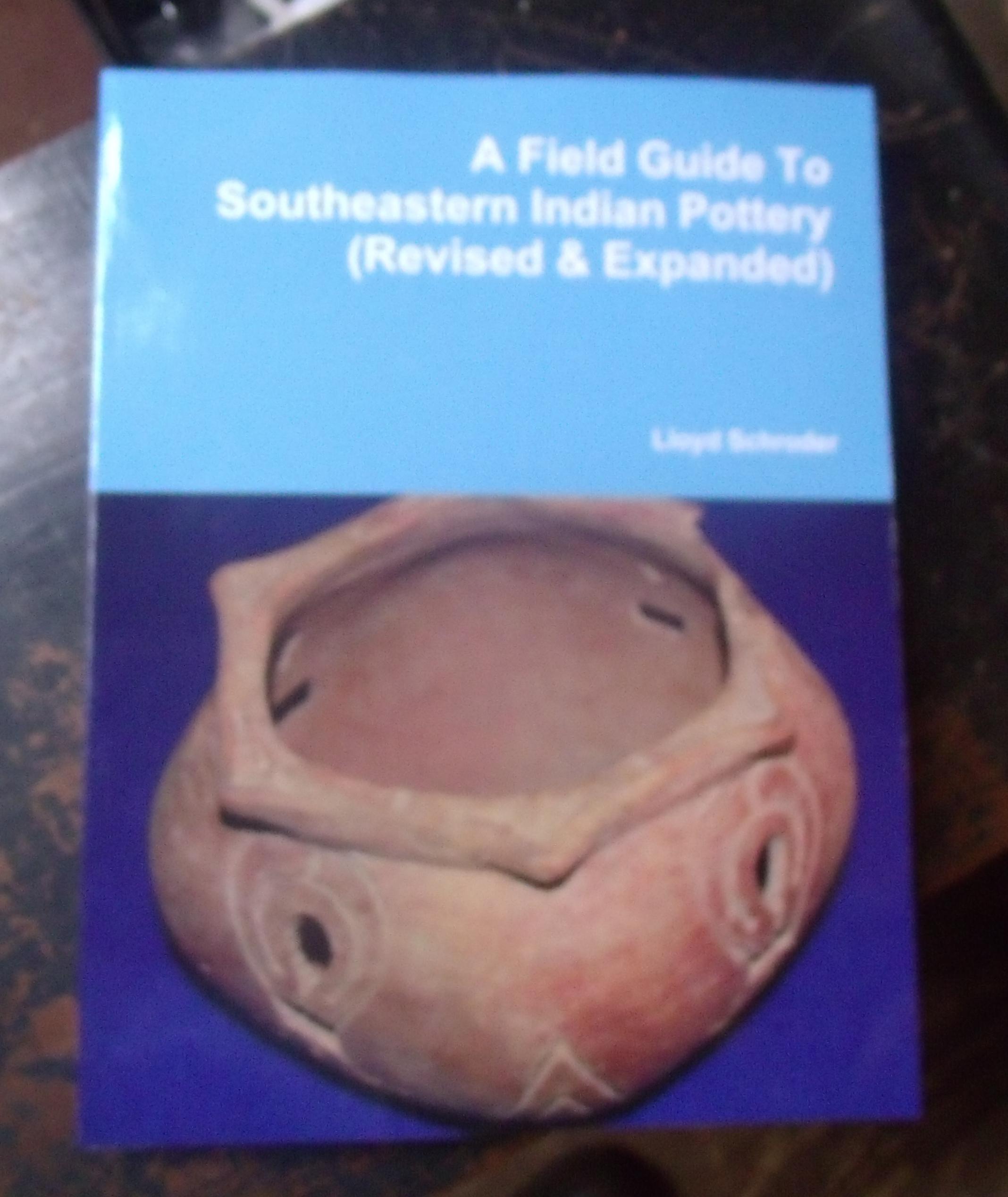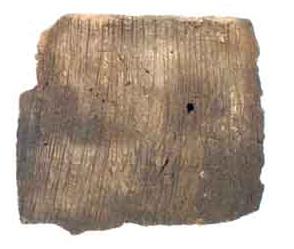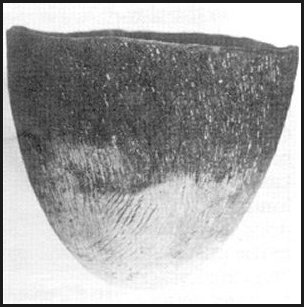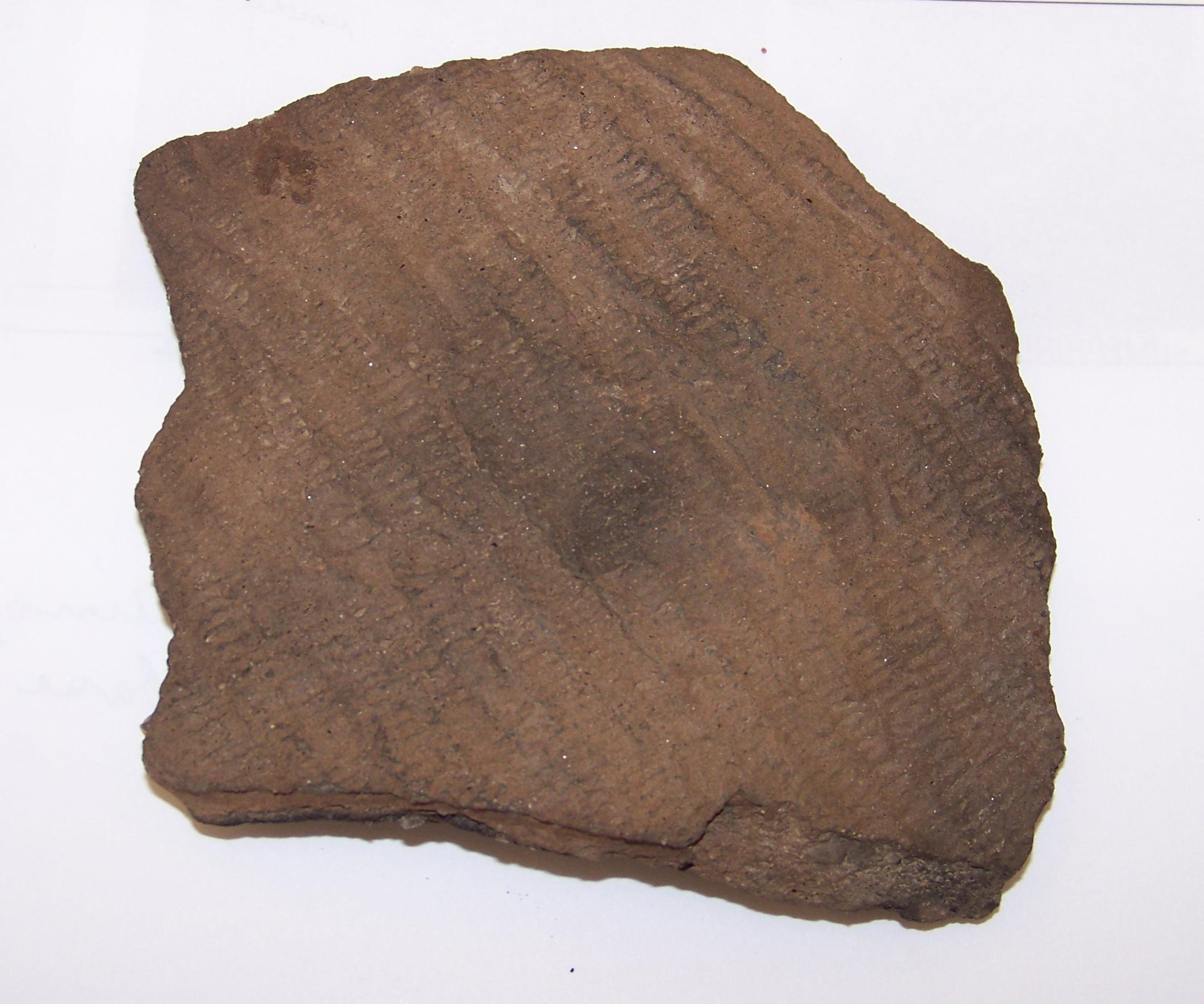——–Click on the surface treatment that most resembles your find———–
Pottery is an amazing artifact. There are many types, all with different designs or no design at all. Designs come from the potter’s imagination or his beliefs. All have different tempers, some of grit or small pebbles, some of Spanish Moss that has burned away, leaving only a trace of its existence. Some types are tempered with sand and some with clay; others with what some would call no temper at all, only to discover that there are small, microscopic sponge spicules that hold it together.
Think about this. Pottery is a lot like people. Each one was fashioned by the Potter’s hand, each uniquely designed from the Potter’s heart. Some were designed for daily use while others were designed for special occasions and celebration. All were tempered, but all have a different temperament. How has the Potter designed you and tempered you? What was His special plan and purpose? We are clay in His hands. Many are like much of the pottery we find, broken and discarded by the world, but there is still hope. Like the pot sherds that were broken and cast aside, then recovered and rounded into gaming stones to become the center of joy in an Indian’s life, our broken lives can be renewed to become the center of joy in the Potter’s heart.
For more detailed information on these and other pottery types within the Southeastern United States, please see our “Publications” page to order Lloyd Schroder’s Field Guide to Southeastern Indian Pottery (Revised & Expanded).
This amazing new book contains over 500 pottery types, each explained in very readable terms with thousands of illustrations and maps of distribution. The volume has earned the acilades of senior archaeologists like David Anderson of the University of Tennessee and well-known Georgia archaeologist Jerald Ledbetter. No serious student of archaeology should be without it.


Joffre Coe recovered Badin Cord Marked pottery from the Doerschuk site. It dates to the Early Woodland period between 1000 and 300 BC. Badin pottery is tempered with sand that occasionally has pebbles mixed into the clay. It was stamped with a cord-wrapped wooden paddle and made into jars. Badin pottery is most often found in the Southern, Central, Northwestern and North Central Piedmont regions of North Carolina.

Joseph M. Herbert defined this type. Cape Fear pottery is tempered with sand or grit and is stamped with a cord-wrapped paddle over the entire surface of the vessel. This is a Middle Woodland pottery dating between 400 BC and AD 800. It has been recovered from Albemarle Sound, North Carolina to the Little Pee Dee River of South Carolina in extreme coastal sites

Joffre L. Coe discussed this type in his Formative Cultures of the Carolina Piedmont, written for the American Philosophical Society in 1964. Clements pottery is tempered with a mixture of sand and quartz. It dates to the Middle Woodland period between 400 and 900 AD and is generally found Northeastern Piedmont region of North Carolina.

David S. Phelps defined this type at the Parker site along Deep Creek in 1981. Deep Creek pottery is tempered with sand and occasional large fragments of quartz. The surface was decorated with a cord-wrapped wooden paddle. This pottery belongs to the Early Woodland period dating between 1000 BC and AD 01. It is found in the Northern Coast and Northern Coastal Plain regions of North Carolina.

David S. Phelps defined this type at the Parker site along Deep Creek in 1981. Deep Creek pottery is tempered with sand and occasional large fragments of quartz. The surface was decorated with a cord-wrapped dowel and individually stamped with repeated markings. This pottery belongs to the Early Woodland period dating between 1000 BC and AD 01. It is found in the Northern Coast and Northern Coastal Plain regions of North Carolina.